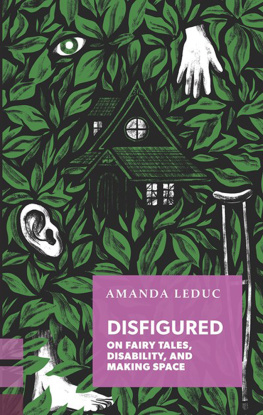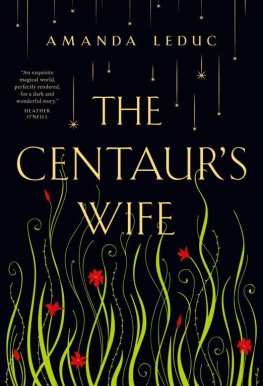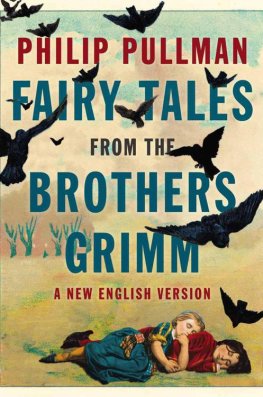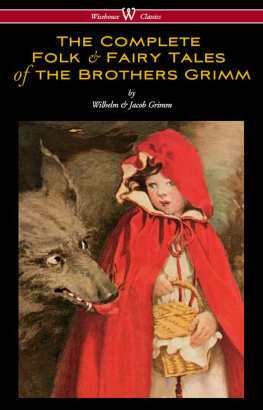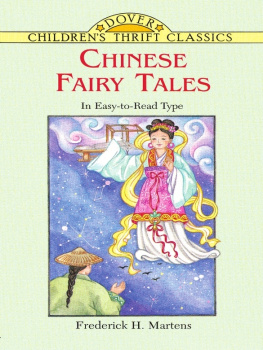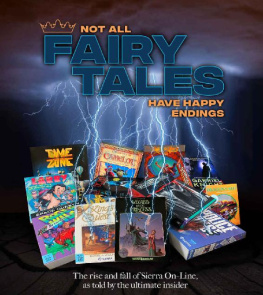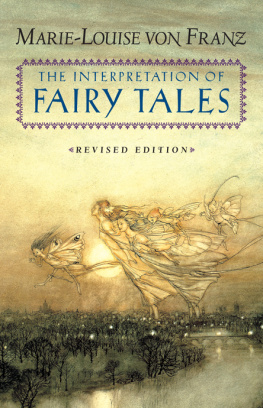Table of Contents
Guide

DISFIGURED
ON FAIRY TALES, DISABILITY, AND MAKING SPACE
AMANDA LEDUC
COACH HOUSE BOOKS, TORONTO
copyright Amanda Leduc, 2020
first edition

Published with the generous assistance of the Canada Council for the Arts and the Ontario Arts Council. Coach House Books also gratefully acknowledges the support of the Government of Canada through the Canada Book Fund and the Government of Ontario through the Ontario Book Publishing Tax Credit.
LIBRARY AND ARCHIVES CANADA CATALOGUING IN PUBLICATION
Title: Disfigured : on fairy tales, disability, and making space / Amanda Leduc.
Names: Leduc, Amanda, author.
Series: Exploded views.
Description: Series statement: Exploded views
Identifiers: Canadiana (print) 2019014453X | Canadiana (ebook)
20190144564 | ISBN 9781552453957 (softcover) | ISBN 9781770566057 (PDF) | ISBN 9781770566040 (EPUB)
Subjects: LCSH: Fairy talesHistory and criticism. | LCSH: Disabilities in literature. | LCSH: People with disabilities in literature.
Classification: LCC PN3437 .L43 2020 | DDC 398/.3561dc23
Disfigured is available as an ebook: ISBN 978 1 77056 604 0 (EPUB), ISBN 978 1 77056 605 7 (PDF).
Purchase of the print version of this book entitles you to a free digital copy. To claim your ebook of this title, please email with proof of purchase. (Coach House Books reserves the right to terminate the free download offer at any time.)
For Dorothy, who showed me the path into the woods;
For Jael, who helped me to see that I was brave enough to follow it;
And for all of my disabled brothers and sisters, who held my hands so that I did not go down the path alone.
No one ever sees Sophocles play as a drama about a cripple and a blind man fighting over Thebes.
Tobin Siebers
Your once-silken voice will desert you, your legs
will make every step on land a torture.
There will come a time when you miss
the seaweed and seals, your old ways,
your old body. Now fit for neither land
nor sea, your sacrifice long in the past now.
Comb your hair, which keeps growing,
though youve lost your prince.
You know the time is coming
where youll pay the price
for your short time in the sun.
Jeannine Hall Gailey
Introduction
Rather appropriately, the idea for this book came to me while I was in the forest. In the summer of 2018 I had the extraordinary good fortune to participate in a three-week writing retreat at Hedgebrook Farm, on Whidbey Island off the coast of Seattle. I was working on a novel, and after a particularly challenging day took myself out to the woods to try and find some solace. There was a walking stick at the front door of my cottage, and I took it without thinking, then set off toward the back of the property. Somewhere at the far north end of the farm was a blackberry bush, and I was eager to reach it and fill my hands with berries.
As I walked, I thought idly about how much easier going it was with the walking stick an inanimate companion to help me along through all of the forests dips and swells and hollows. It was helpful even on the paved ground closer to my residence. With the walking stick in my hand, I felt sure of myself, confident. It balanced my weight as I shifted from foot to foot in a way that was thrillingly surprising.
Does this mean I should use a cane in regular life? I wondered as I made my way to the blackberries. Would it be helpful? How would that change the way I move through the world?
I dont use a cane in my day-to-day. I have mild cerebral palsy and spastic hemiplegia, and though I walk with a visible limp, my balance has been good enough, for my first three and a half decades, to allow me to walk unaided.
But I do stare at the ground when I walk, a fact that I was completely unaware of until a chiropodist pointed it out at an appointment when I was twenty-seven. It took a few more years for me to realize that I stare at the ground because the ground is full of danger unpredictable and capricious, with gaps between concrete blocks, uneven bricks, cracks in the sidewalk. If I do not pay attention to where my feet are all the time, its pretty much guaranteed that I will fall at some point in my walking.
A cane, I thought, would probably be helpful.
For many of us with physical disabilities, the forest is often a dangerous place to be. Theres no hope of taking a wheelchair into the trees unless theres a clearly marked and flattened path; it can be difficult to navigate a forest even with a guide dog at your side. Id wager that the forest presents trouble perhaps even for those whose disabilities are often deemed invisible it can be a dark place, filled with all manner of smells and sensory onslaughts, a place where even the able-bodied can lose themselves.
A princess in a wheelchair would have trouble finding those blackberries, I thought as I crept through the bushes. And then I stopped, briefly, and smiled. A princess in a wheelchair? Whoever heard of such a thing?
But by the time I reached the blackberry bush, that unknown princess in her wheelchair was all I could think about. That princess, and the seven dwarfs who helped Snow White, and Rumpelstiltskin, and the ugliness of the Beast in Beauty and the Beast, the evil queen in Snow White who transforms herself into a hunchbacked old woman, the prince who goes blind after the witch casts Rapunzel from her tower, the princess who falls into a long, enchanted sleep. The witch with the crutch in Hansel and Gretel, the stepsisters who get their eyes plucked out by doves in Aschenputtel the Brothers Grimm version of Cinderella and all the ugly princes and princesses who gain the throne by their cunning and then are made or revealed to be beautiful after all.
And suddenly I was no longer alone in the forest; suddenly I was thinking about these connections, disability and fairy tales, how obvious, how had I not considered these things before?
This needed to be an essay, I thought. But no doubt it was already an essay; no doubt the link between fairy tales and disability had been written about a million times before. There was so much in there that one could write about. People far smarter than I had no doubt already done it, and done it well. I filled my soul with blackberries and went back to my cottage. I went back to working on the novel.
I also kept thinking about that long stretch of moments in the forest. Disability and fairy tales. Disability in fairy tales. When I got home I did some research and found surprisingly little on the topic; sure that I was missing something, I dug a little harder. My digging brought me Ann Schmiesing and her wonderful book Disability, Deformity, and Disease in the Grimms Fairy Tales. My digging brought me to Sharon Snyder and David T. Mitchell and their work on narrative prosthesis, to the work of disability-studies scholar Tobin Siebers, to the fantastic breadth of scholarship afforded by Jack Zipes.
And it brought me, again, to the fairy tales. So many darker versions of the Disney stories that Id known as a child and so many darker moments in the Disney stories, too. Why was Scar, the villain of The Lion King, known only by the mark that slashed his face? Why did the depiction of the hunchback Quasimodo make my skin crawl? Why hadnt I ever thought of The Little Mermaids Ariel in those moments just after shed arrived on land with legs and seen myself in her unsteady posture and stumbling?

